Neurociencia del aprendizaje: Estrategias para aprovechar el potencial del cerebro en el aula
Resumen
Este artículo de revisión tiene como objetivo analizar los principales hallazgos de la neurociencia del aprendizaje y sus implicaciones para el diseño de estrategias pedagógicas eficaces en el aula. Se utilizó una metodología de revisión narrativa con enfoque sistemático, basada en el protocolo PRISMA. La búsqueda se realizó en bases de datos académicas (Scopus, Web of Science, PubMed, ERIC y Google Scholar), identificándose 42 estudios relevantes publicados entre 2000 y 2024. Los resultados se organizaron en cinco categorías analíticas: funcionamiento del cerebro, memoria, atención, emoción y neuroplasticidad. Los hallazgos evidencian que el aprendizaje es un proceso activo, emocional y social, profundamente influido por el contexto y la experiencia. La memoria, la atención sostenida, la motivación intrínseca y la plasticidad cerebral emergen como factores clave. Se concluye que integrar conocimientos neurocientíficos en la práctica docente permite diseñar entornos de aprendizaje más inclusivos, efectivos y humanos. Además, se destaca la urgencia de formar al profesorado en neuroeducación y erradicar neuromitos aún vigentes en los sistemas escolares. Esta revisión ofrece orientaciones concretas para aplicar los aportes de la neurociencia de forma crítica y contextualizada, promoviendo el desarrollo integral del estudiante.
Descargas
Citas
Ansari, D., De Smedt, B., & Grabner, R. H. (2012). Neuroeducation–A critical overview of an emerging field. Neuroethics, 5(2), 105–117. https://doi.org/10.1007/s12152-011-9119-3
Baddeley, A. D. (2003). Working memory: Looking back and looking forward. Nature Reviews Neuroscience, 4(10), 829–839. https://doi.org/10.1038/nrn1201
Bransford, J. D., Brown, A. L., & Cocking, R. R. (Eds.). (2000). How people learn: Brain, mind, experience, and school (Expanded ed.). National Academy Press.
Bruner, J. (1996). The culture of education. Harvard University Press.
Carew, T. J., & Magsamen, S. H. (2010). Neuroscience and education: An ideal partnership for producing evidence-based solutions to guide 21st century learning. Neuron, 67(5), 685–688. https://doi.org/10.1016/j.neuron.2010.08.028
Dekker, S., Lee, N. C., Howard-Jones, P., & Jolles, J. (2012). Neuromyths in education: Prevalence and predictors of misconceptions among teachers. Frontiers in Psychology, 3, 429. https://doi.org/10.3389/fpsyg.2012.00429
Diamond, A. (2013). Executive functions. Annual Review of Psychology, 64, 135–168. https://doi.org/10.1146/annurev-psych-113011-143750
Doidge, N. (2007). The brain that changes itself: Stories of personal triumph from the frontiers of brain science. Viking.
Fischer, K. W., Goswami, U., & Geake, J. (2010). The future of educational neuroscience. Mind, Brain, and Education, 4(2), 68–80. https://doi.org/10.1111/j.1751-228X.2010.01086.x
Howard-Jones, P. A. (2014). Neuroscience and education: Myths and messages. Nature Reviews Neuroscience, 15(12), 817–824. https://doi.org/10.1038/nrn3817
Immordino-Yang, M. H. (2015). Emotions, learning, and the brain: Exploring the educational implications of affective neuroscience. W. W. Norton & Company.
Immordino-Yang, M. H., & Damasio, A. (2007). We feel, therefore we learn: The relevance of affective and social neuroscience to education. Mind, Brain, and Education, 1(1), 3–10. https://doi.org/10.1111/j.1751-228X.2007.00004.x
Immordino-Yang, M. H., Darling-Hammond, L., & Krone, C. R. (2019). The brain basis for integrated social, emotional, and academic development. Aspen Institute. https://www.aspeninstitute.org/publications/the-brain-basis-for-integrated-social-emotional-and-academic-development/
Jensen, E. (2005). Teaching with the brain in mind (2nd ed.). ASCD.
Pashler, H., McDaniel, M., Rohrer, D., & Bjork, R. (2008). Learning styles: Concepts and evidence. Psychological Science in the Public Interest, 9(3), 105–119. https://doi.org/10.1111/j.1539-6053.2009.01038.x
Posner, M. I., & Rothbart, M. K. (2007). Research on attention networks as a model for the integration of psychological science. Annual Review of Psychology, 58, 1–23. https://doi.org/10.1146/annurev.psych.58.110405.085516
Raichle, M. E. (2015). The brain’s default mode network. Annual Review of Neuroscience, 38, 433–447. https://doi.org/10.1146/annurev-neuro-071013-014030
Rimm-Kaufman, S. E., & Sandilos, L. E. (2011). Improving students’ relationships with teachers to provide essential supports for learning. American Psychological Association. https://www.apa.org/education-career/k12/relationships
Rueda, M. R., Posner, M. I., & Rothbart, M. K. (2005). The development of executive attention: Contributions to the emergence of self-regulation. Developmental Neuropsychology, 28(2), 573–594. https://doi.org/10.1207/s15326942dn2802_2
Sousa, D. A. (2016). How the brain learns (5th ed.). Corwin Press.
Tokuhama-Espinosa, T. (2011). The scientifically substantiated art of teaching: A study in the development of standards in the new academic field of neuroeducation (mind, brain, and education science). Teachers College, Columbia University.
Tokuhama-Espinosa, T. (2014). Making classrooms better: 50 practical applications of mind, brain, and education science. W. W. Norton & Company.
UNESCO. (2021). Reimaginar juntos nuestros futuros: Un nuevo contrato social para la educación. Informe de la Comisión Internacional sobre los Futuros de la Educación. https://unesdoc.unesco.org/ark:/48223/pf0000379707
Zadina, J. N. (2014). Multiple pathways to the student brain: Energizing and enhancing instruction. Jossey-Bass.
Zull, J. E. (2011). The art of changing the brain: Enriching the practice of teaching by exploring the biology of learning. Stylus Publishing.











.png)
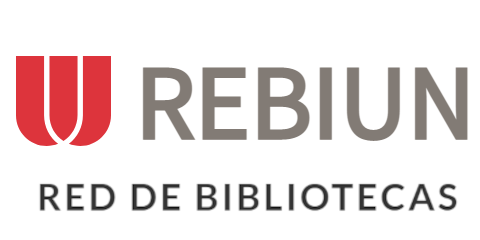









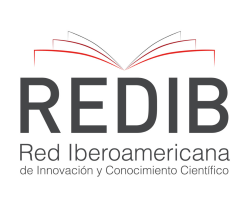


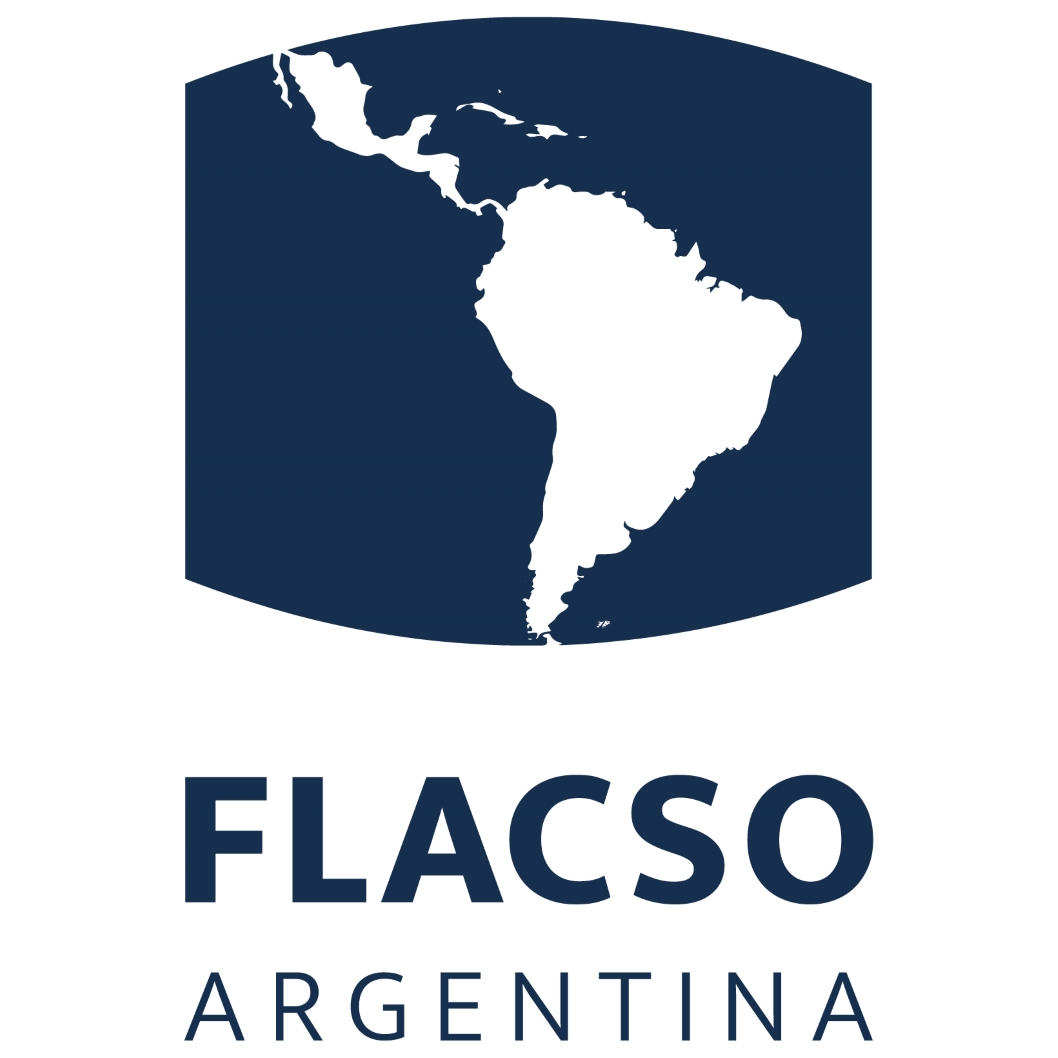

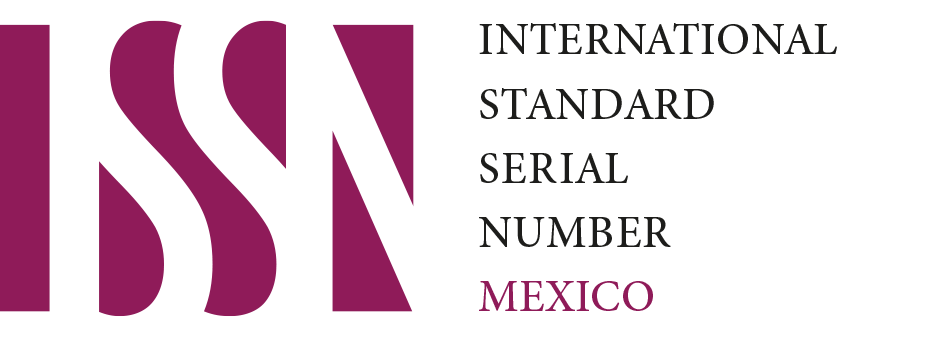
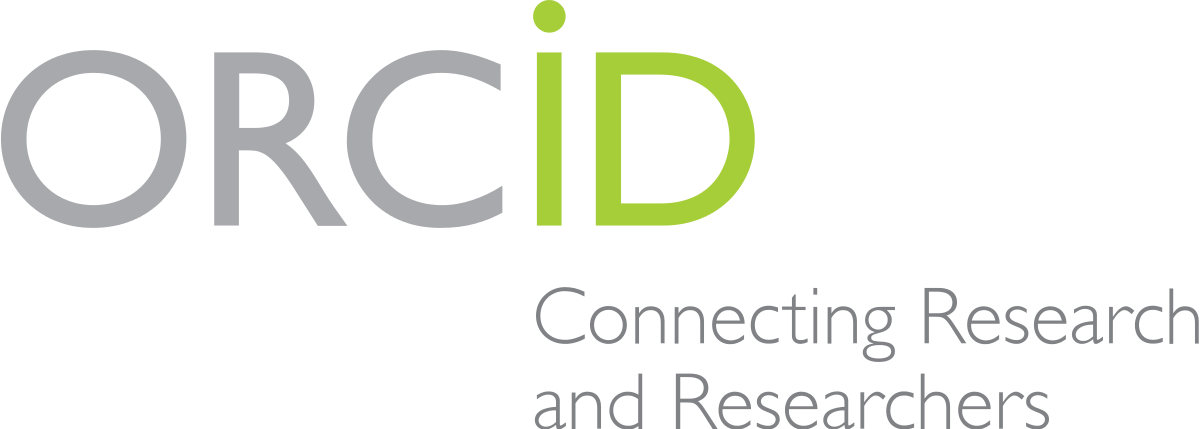



.png)
1.png)


